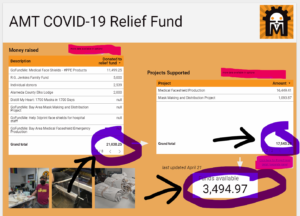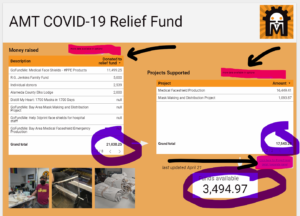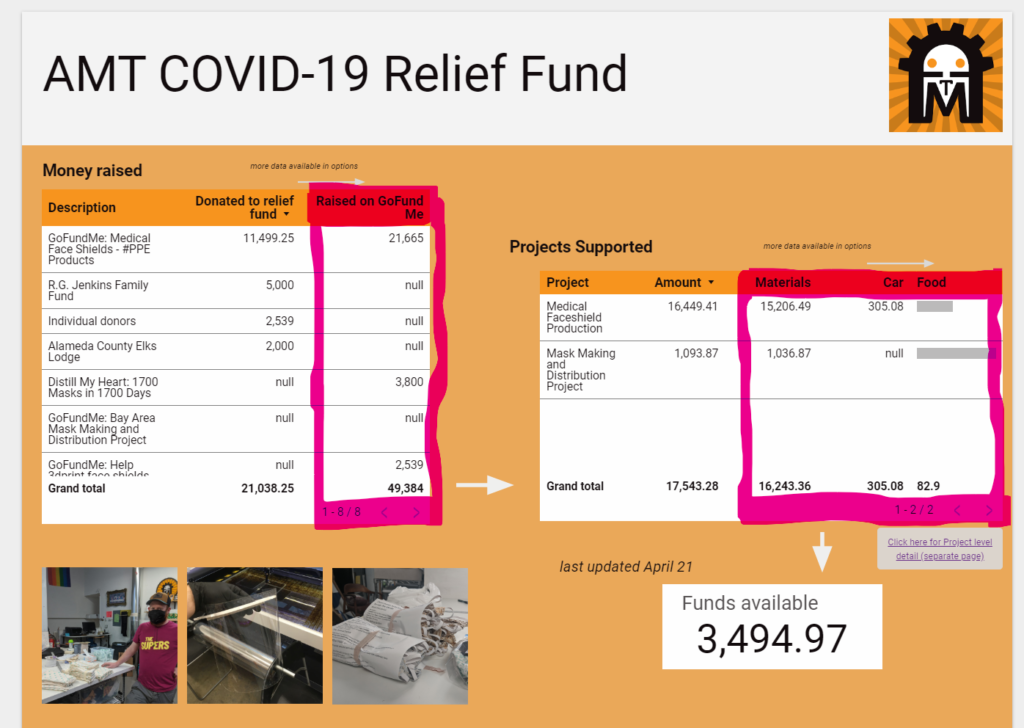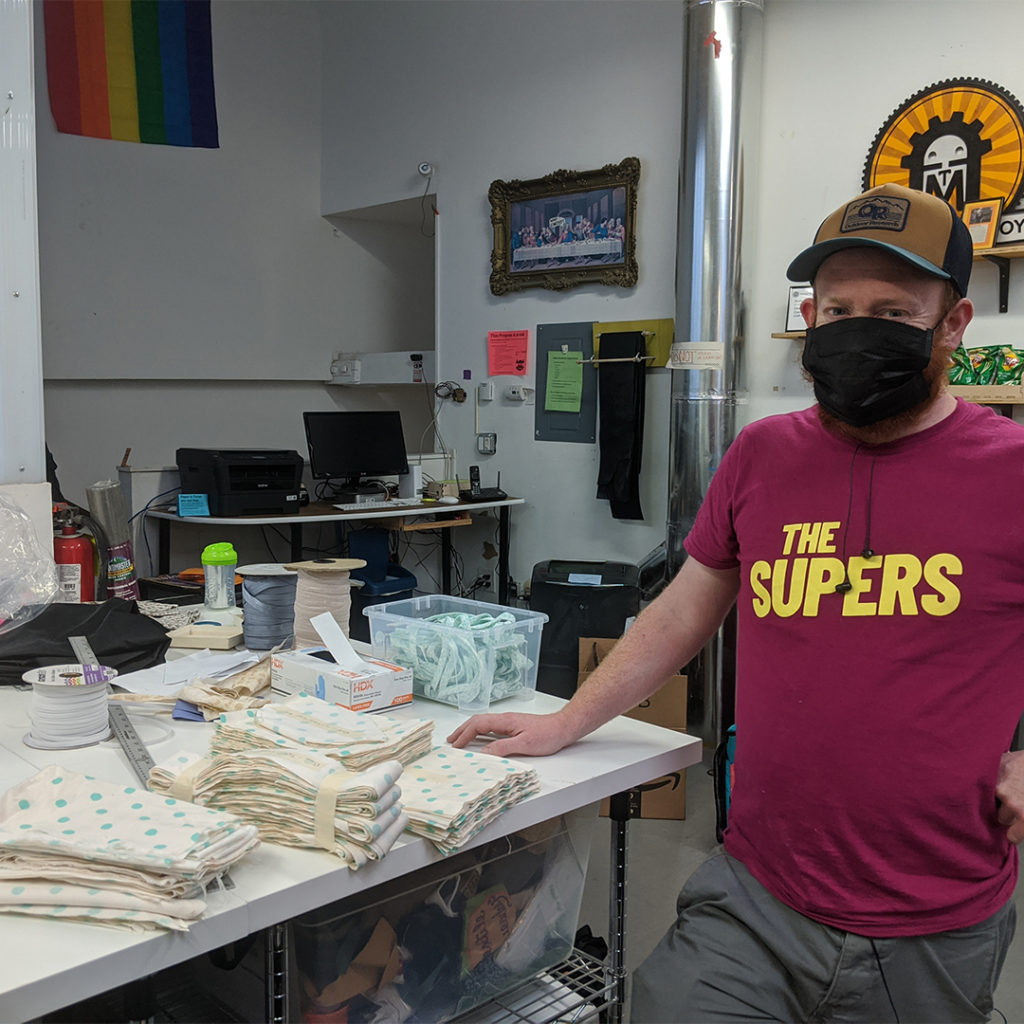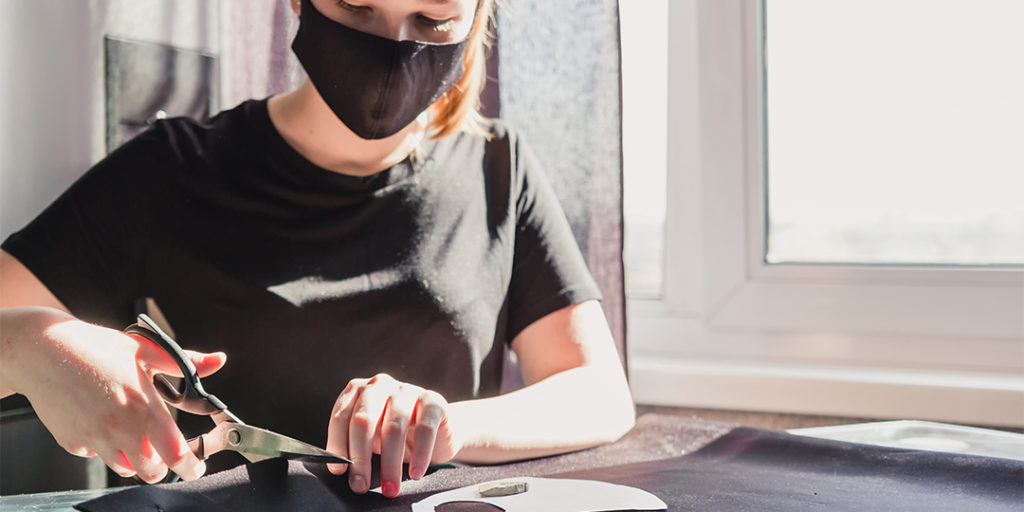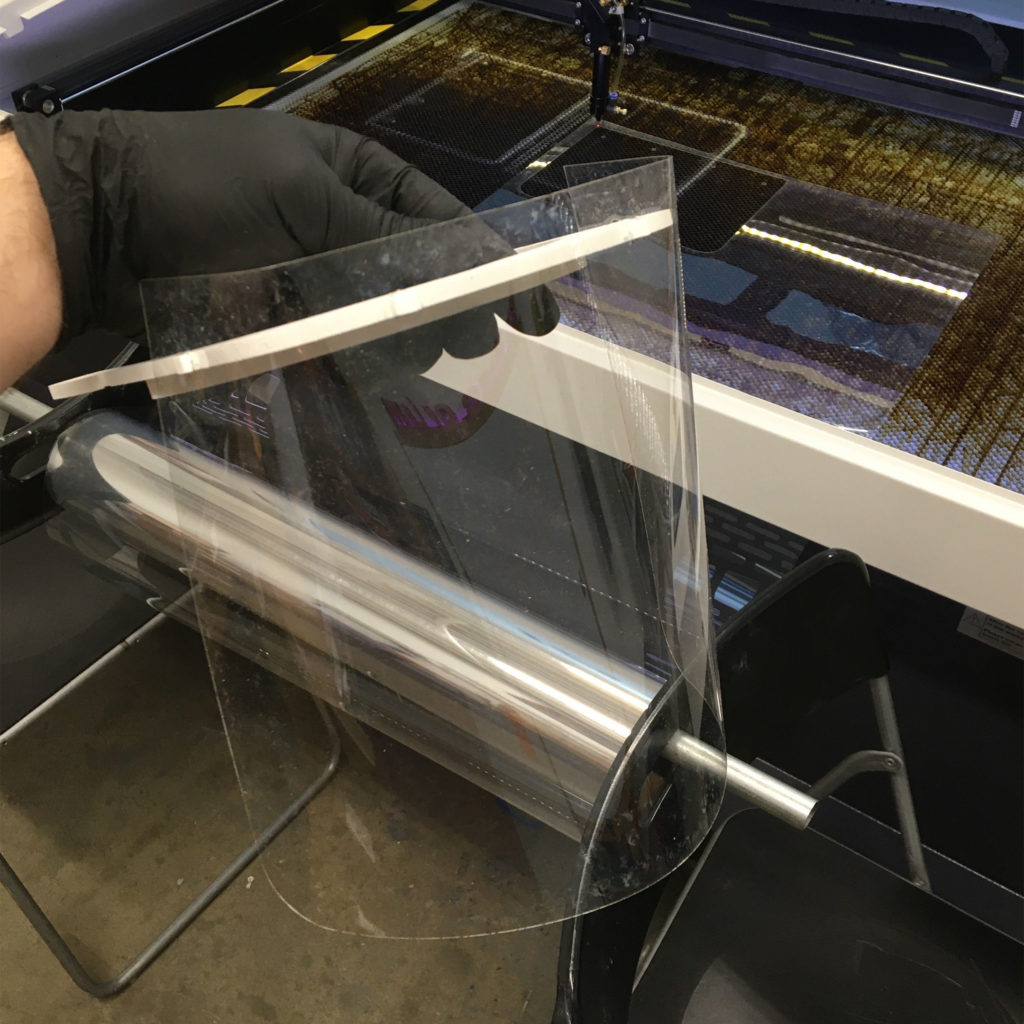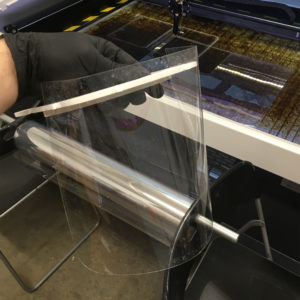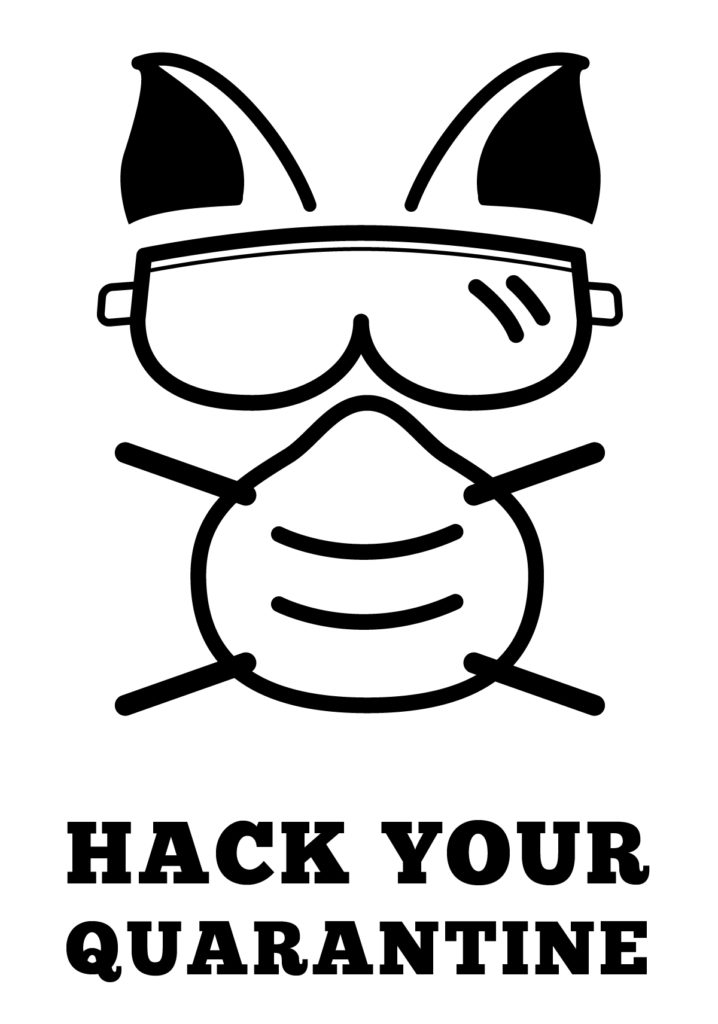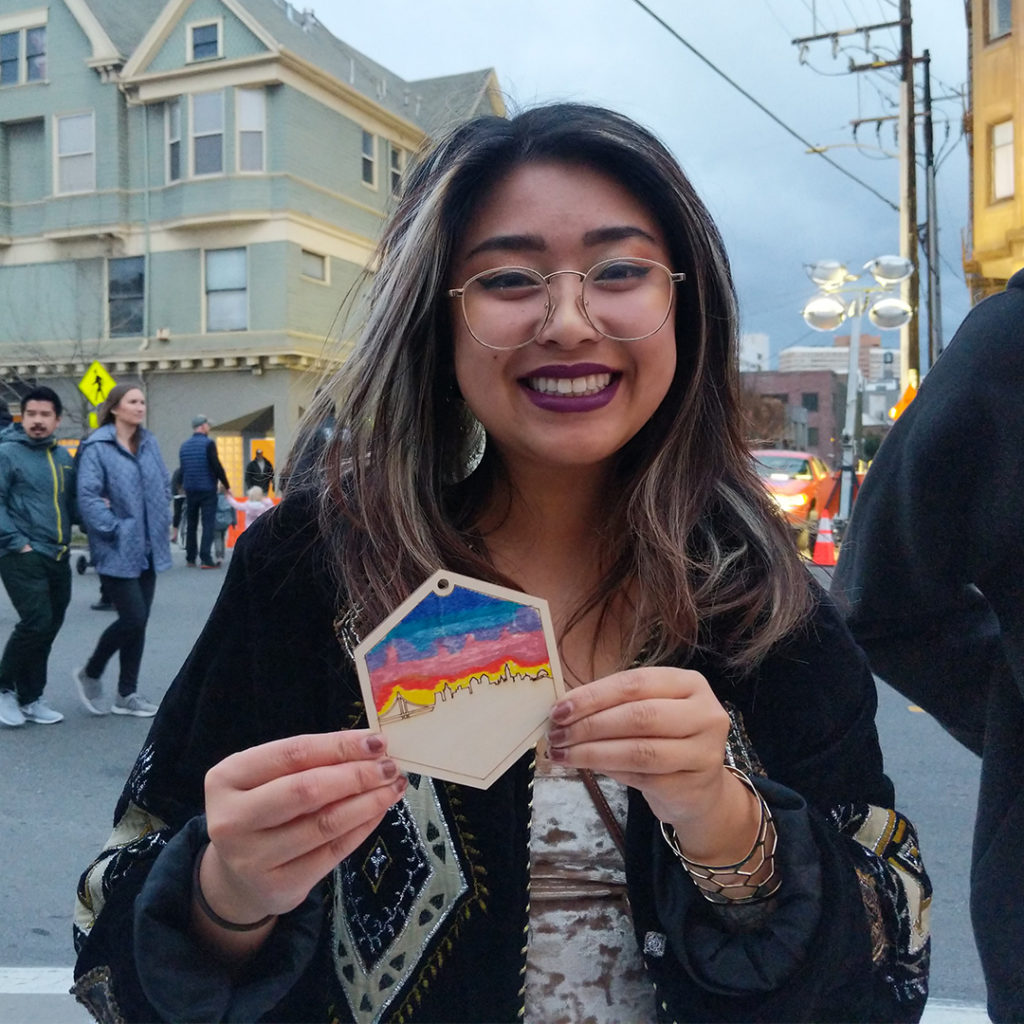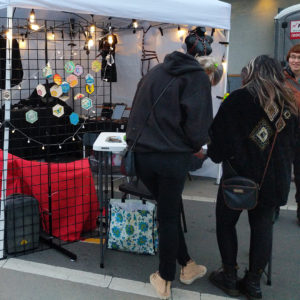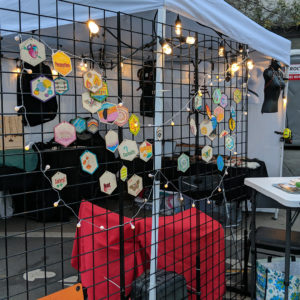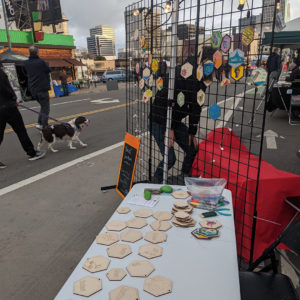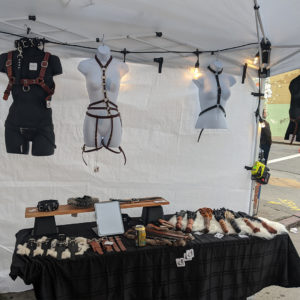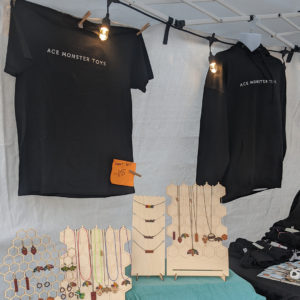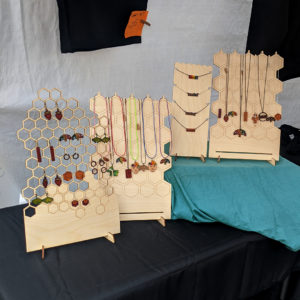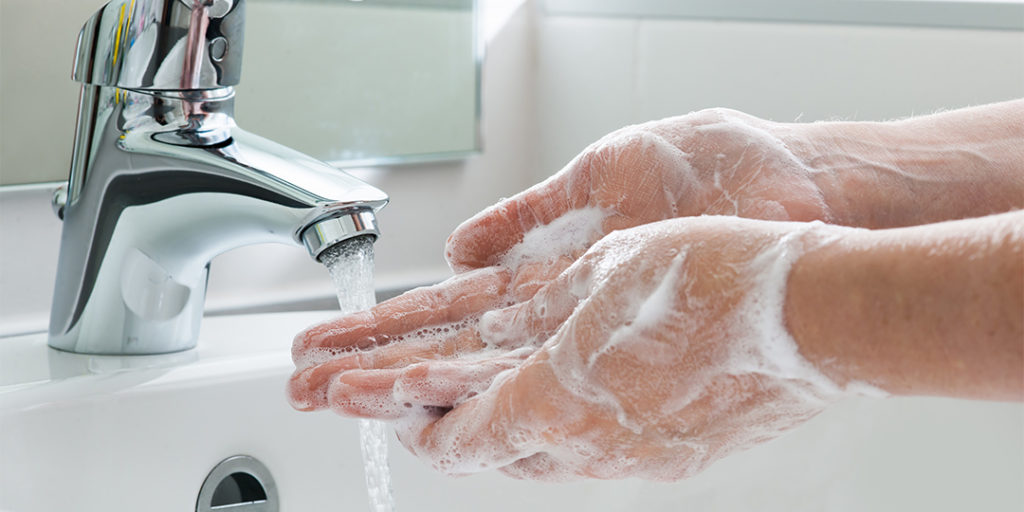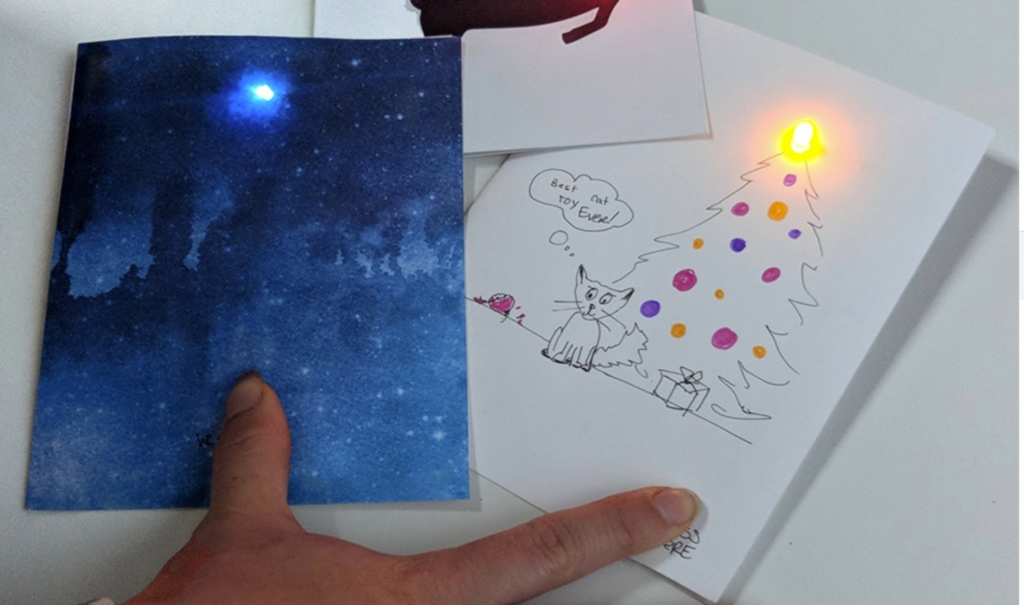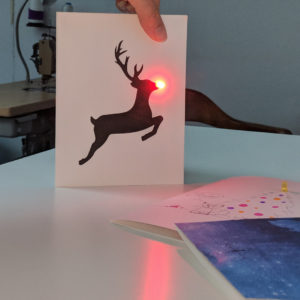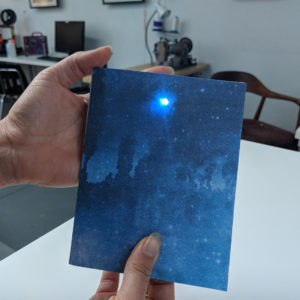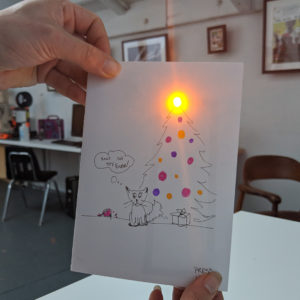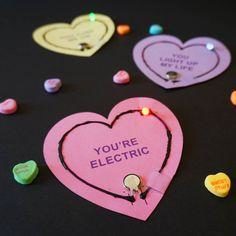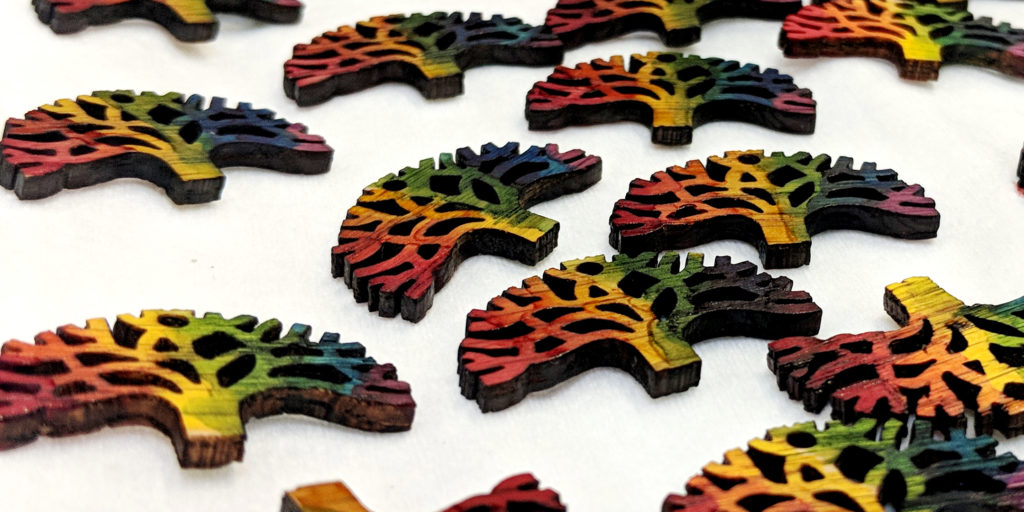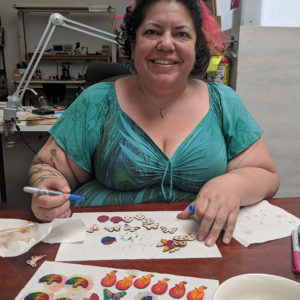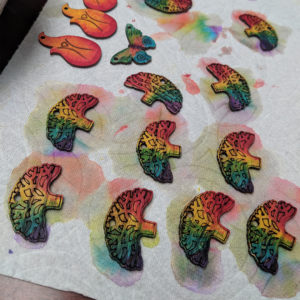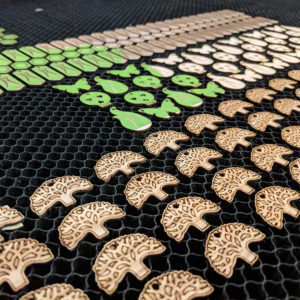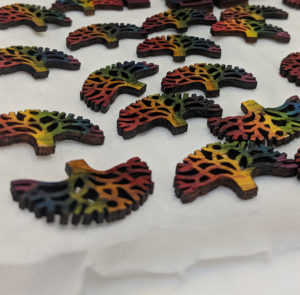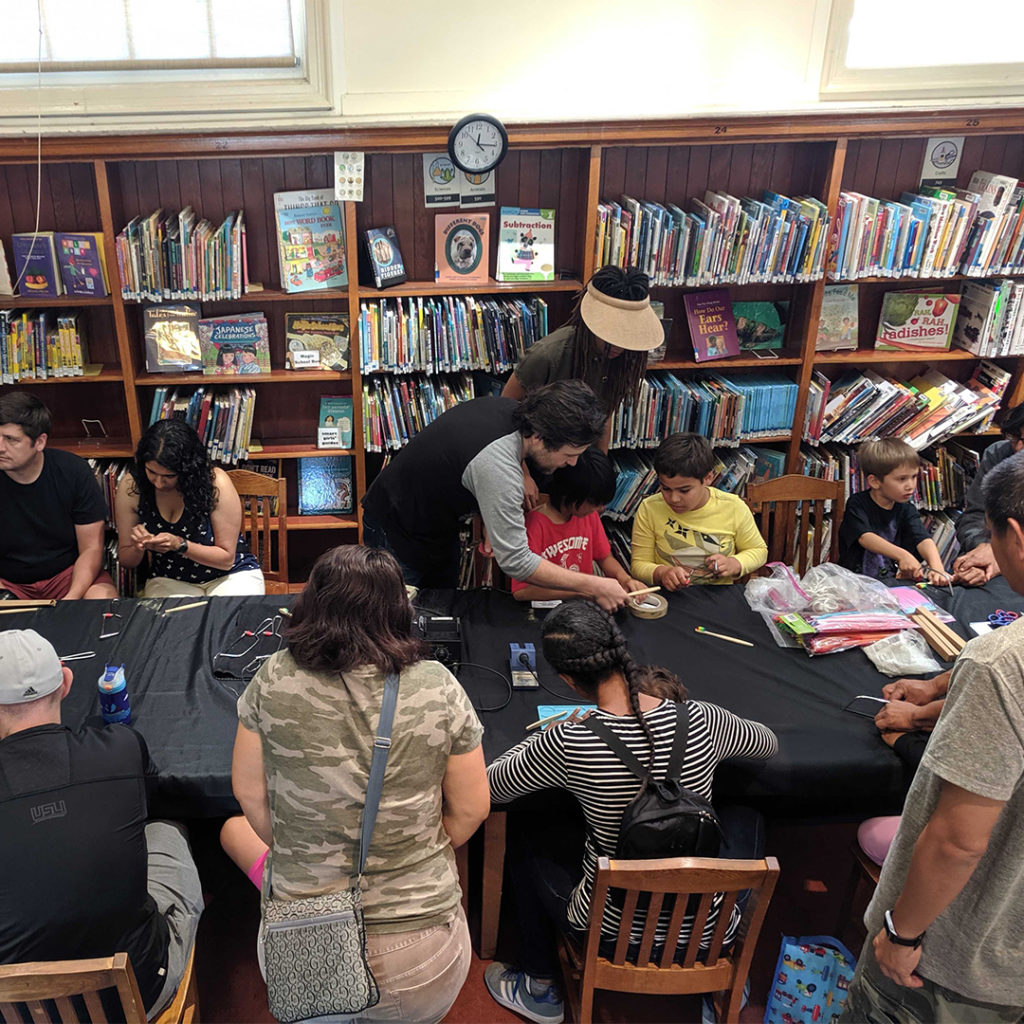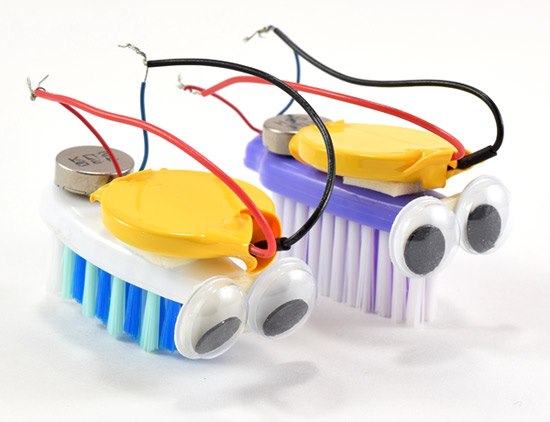Disclaimer
While we have done our best to collect information from reputable sources, we are not industrial hygienists or medical professionals. We are doing our best to be helpful in a crisis situation. These guidelines are provided “as-is” and come with no guarantee that following these guidelines will keep you 100% safe. Use at your own risk, use combined with your own judgment, and refer to the latest scientific information available.
Introduction
In the past few weeks, Makers everywhere have stepped up to help deal with the COVID-19 pandemic by making Personal Protective Equipment (PPE) to help keep healthcare professionals and other vulnerable people safe. However, makers becoming sick themselves, spreading the disease, and contaminating their workspaces adds to the problem and not the solution. We are providing these best practices, gathered from medically reputable sources (such as the CDC) in an intent to provide a means of decreasing the risk of makers spreading and contracting COVID-19 while in the process of making DIY PPE.
Access control
It is very important that you control and track who is in the makerspace and when. The following is practical advice.
- Keep isolation protocols. If people are not already living together they should not be working in the same room without masks being worn at all times.
- Keep 6 feet away from each other in hallways and common spaces.
- Sanitize items handed off between individuals as much as possible
- Make sure all people in the space making PPE are trained in the protocols for your space before allowing access (example: AMT COVID-19 Access Protocols – will link)
Personal Safety
- First and foremost, please do not attempt to make any PPE if you or someone in your household is sick. Even if you have a small tickle in your throat, please do not make any PPE if you think you, or someone that you are exposed to may be sick.
- Act as if you were infected by the COVID-19 virus. Wear a face mask and a fresh pair of gloves when collecting each piece of ready-to go PPE. Store the PPE immediately in a sealable bag.
- Keep your distance: Remain no closer than ~6ft (2m) from another human
- Wash hands for at least 20seconds with soap and water before beginning work or handling materials.
- Don’t touch your face
- Cough or sneeze into the crook of your elbow
- Sanitize your work surfaces and tools before and during PPE creation
- Sanitize your cleaning equipment when washing fabric PPE and PPE materials
Workspace Hygiene
-
- If you can, please segregate the tools and equipment that you will be using to make the PPE in your space away from people, pets, bathrooms, or food preparation surfaces.
- Always disinfect between users.
- There is still debate about how long the virus survives on hard industrial surfaces, but it is currently estimated that COVID-19 can live on hard industrial surfaces (metal, plastic, and glass) for up to 3 days. If you have access to sanitizing solutions, including diluted bleach, 70% alcohol solution, or products like Star-San or Odo-Ban, please disinfect your tools and equipment before and after each item is made. You can also let packed items sit for 3 days before distributing, as another mechanism to reduce the risk of transmission.
- For 3D printing:
- If the machine is clean, the plastic is heated up enough to be considered clean once the print is finished.
- Do not attempt to sterilize the finished part; just drop in a clear bag with gloves or tongs and set aside.
- Many sterilization solutions will damage PLA, and off-the-shelf isopropyl alcohol is not concentrated enough to clean the parts
- For sewing:
- Store similar to N95s (allowing the mask to hang in a designated area or placed in a paper bag and labeled – with one mask per paper bag).
- Launder after each use.
- Do not use bleach to sanitize metal equipment or tools as it will corrode most metals.
If Someone Gets Infected: Clean & Disinfect
Source: https://www.cdc.gov/coronavirus/2019-ncov/community/organizations/cleaning-disinfection.html
If someone working in the space displays symptoms or is tested positive for COVID-19, the workspace must be thoroughly cleaned and disinfected to avoid further spreading the virus to others.
Cleaning and Disinfection After Persons Suspected/Confirmed to Have COVID-19 Have Been in the Facility
Cleaning refers to the removal of dirt and impurities, including germs, from surfaces. Cleaning alone does not kill germs. But by removing the germs, it decreases their number and therefore any risk of spreading infection.
Disinfecting works by using chemicals to kill germs on surfaces. This process does not necessarily clean dirty surfaces or remove germs. But killing germs remaining on a surface after cleaning further reduces any risk of spreading infection.
- It is recommended to close off areas used by the ill persons and wait as long as practical before beginning cleaning and disinfection to minimize potential for exposure to respiratory droplets. Open outside doors and windows to increase air circulation in the area. If possible, wait up to 24 hours before beginning cleaning and disinfection.
- Cleaning staff should clean and disinfect all areas (e.g., offices, bathrooms, and common areas) used by the ill persons, focusing especially on frequently touched surfaces.
Surfaces
- If surfaces are dirty, they should be cleaned using a detergent or soap and water prior to disinfection.
- For disinfection, diluted household bleach solutions, alcohol solutions with at least 70% alcohol, and most common EPA-registered household disinfectants should be effective.
- Diluted household bleach solutions can be used if appropriate for the surface. Follow manufacturer’s instructions for application and proper ventilation. Check to ensure the product is not past its expiration date. Never mix household bleach with ammonia or any other cleanser. Unexpired household bleach will be effective against coronaviruses when properly diluted.
- Prepare a bleach solution by mixing:
- 5 tablespoons (1/3rd cup) bleach per gallon of water or
- 4 teaspoons bleach per quart of water
- Products with EPA-approved emerging viral pathogens claims are expected to be effective against COVID-19 based on data for harder to kill viruses. Follow the manufacturer’s instructions for all cleaning and disinfection products (e.g., concentration, application method and contact time, etc.).
- For soft (porous) surfaces such as carpeted floor, rugs, and drapes, remove visible contamination if present and clean with appropriate cleaners indicated for use on these surfaces. After cleaning:
- If the items can be laundered, launder items in accordance with the manufacturer’s instructions using the warmest appropriate water setting for the items and then dry items completely.
- Otherwise, use products with the EPA-approved emerging viral pathogens claims (examples at this link) that are suitable for porous surfaces
Linens, Clothing, and Other Items That Go in the Laundry
- Do not shake dirty laundry; this minimizes the possibility of dispersing virus through the air.
- Wash items as appropriate in accordance with the manufacturer’s instructions. If possible, launder items using the warmest appropriate water setting for the items and dry items completely. Dirty laundry that has been in contact with an ill person can be washed with other people’s items.
- Clean and disinfect hampers or other carts for transporting laundry according to guidance above for hard or soft surfaces.
Resources
